Human health and well-being directly depends on the quality of drinking water. And if utility specialists take care of the centralized resource, then the liquid from the well requires the attention of its owner. Especially if it is rich in dissolved magnesium and calcium salts. To purify lime water from a well, you can use simple folk methods or good filtering installations.
Harm of water with lime
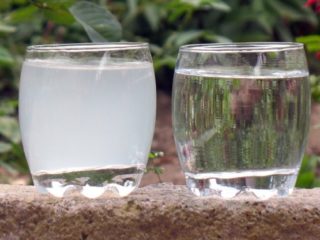
Lime in liquid is magnesium and calcium salts dissolved in it. The greater their concentration, the harder the well resource in a country house or in the country. The use of such a liquid is harmful to both humans and household appliances, water supply lines. Hard water causes such troubles:
- provokes the formation of kidney stones in humans;
- disrupts metabolic processes in the body;
- provokes the appearance of acne;
- makes the skin and hair dry;
- leads to the formation of limescale (scale) in the kettle, boiler, dishes, heating system.
In addition, calcium and magnesium salts do not have the best effect on pumping equipment.
Cleaning methods
Since water with lime from a well is dangerous to health, it is possible to deal with dissolved calcium and magnesium salts in several banal folk ways.
Upholding
Water must be drawn into a container and left overnight. During this time, any dissolved and suspended particles (sand, iron, salt) settle to the bottom. In the morning, you need to carefully, without shaking the container, drain the upper 2/3 of the liquid from it. It is usable. The sediment is disposed of.
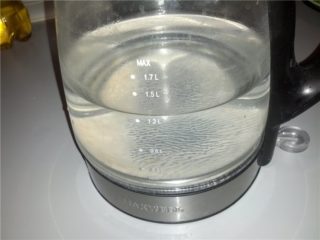
The settling method is good for preparing small volumes of liquid. It is not suitable as the main one for supplying water to the whole family.
Boiling
Another standard method for dealing with lime. Boiling water for 10 minutes provokes the precipitation of all dissolved salts. But the disadvantage of the method is the formation of scale on the walls of the dishes. It is difficult to clean up later. Large volumes of the resource cannot be prepared in this way, therefore, with the help of boiling, it is possible to process only the water that is used for food.
As a means to get rid of limescale, ordinary citric acid is used.
Freezing

To get rid of lime in the water from the well, place a container with liquid in the freezer. It is advisable to use a saucepan for this. All organic and inorganic debris freezes in the center of the ice floe. Therefore, the resulting frozen volume is placed in a large basin and a hot stream is poured into its center. The polluted epicenter melts, and the remaining ice can be melted and eaten.
The freezing method is very time consuming and unsuitable for handling large volumes of wellbore fluid.
Coagulation
Water purification from lime from a well is based on the use of coagulant chemicals. They bind the molecules of dissolved salts, put them in suspension. Later, particles of visible lime are removed by mechanical filtration.
As a coagulant for hard water, a solution of polyacrylamide of 0.25% concentration is often used. In everyday life, this method is practically not used due to the need for special cameras.
Aeration
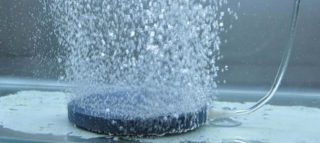
When oxygen enters the water, the molecules of calcium and magnesium salts are oxidized. As a result, they precipitate. Aeration is performed in two ways:
- Free-flow. The liquid is fed into the reservoir using a sprayer like a shower head.
- Pressure head. Water is drawn into the flask and oxygen is fed into it through a compressor under pressure.
Ozonation is carried out on the same principle.
Filters for cleaning

You can get rid of dissolved magnesium and calcium salts with the help of good filters. Reverse osmosis systems, coal, etc. fully cope with the task.
Mechanical filter
It implies two degrees of cleaning - coarse and fine. The first is placed at the water intake point. The coarse filter mesh design retains larger impurities of 400 microns and more. Such installations are also called mud collectors.
Next, a fine filter is mounted. It already removes the smallest particles of impurities. If the liquid is preliminarily enriched with ozone or oxygen, such installations are quite capable of removing lime from it.
Charcoal filter
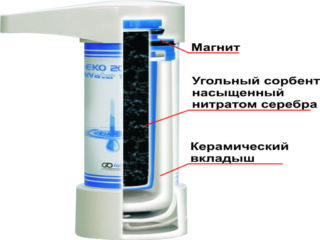
Equipment with granular sorption plugs performs well the purification of water from dissolved magnesium and calcium salts. Activated or charcoal is used as backfill. Their small pores reliably retain lime. In order for the filters to work fully, you need to regularly change the bookmarks in them.
Electromagnetic installation
Water is passed through an electromagnetic field. As a result, dissolved salts lose their ability to convert to lime. Most often, such installations are used for industrial purposes.
Membrane filter (ultrafiltration)
Water from a well or borehole with admixtures of dissolved salts passes through the membrane under high pressure. As a result, the barrier allows only liquid molecules to pass through, but not foreign impurities. Membrane filters can be used both at home and at work. It is important to replace the mesh barrier regularly.
Reverse osmosis plants

Such filters consist of several flasks with different loads in them. During the reverse osmosis treatment, water undergoes several stages of purification. Sometimes it is additionally enriched with useful microelements.
The principle of operation of a reverse osmosis filter is as follows:
- the liquid passes through a semi-permeable membrane that effectively traps any impurities;
- water is sent for coal filtration and enrichment;
- all sifted waste is discharged into the sewer.
Reverse osmosis filters are placed under the sink with a separate tap for drinking water. For home use, this is the best option.
To maintain the efficiency of reverse osmosis systems, membranes, backfills, and cartridges must be regularly washed or changed with their own hands. You need to get rid of used components in the usual household way. The exception is ion exchange resin, which can be used to clean dirty well fluid.
Choosing well water filters should only be done after performing fluid analysis. Based on the indicators, it is possible to find out exactly which impurities need to be dealt with.

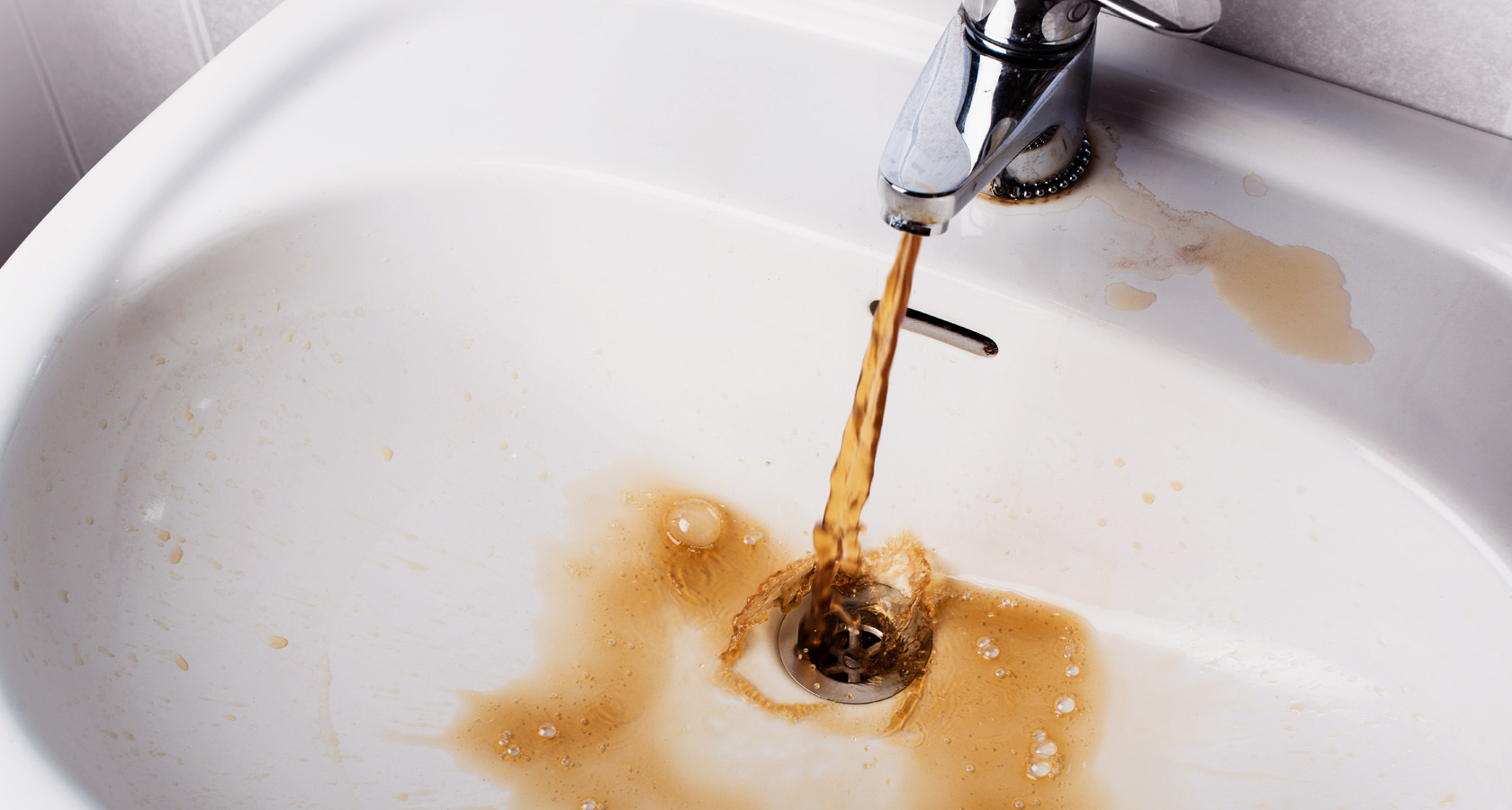
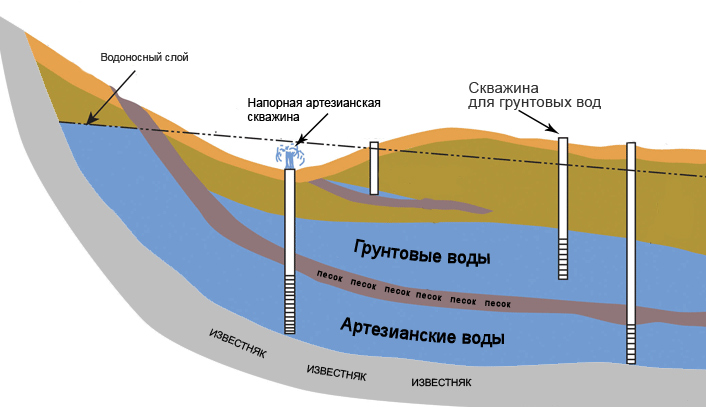

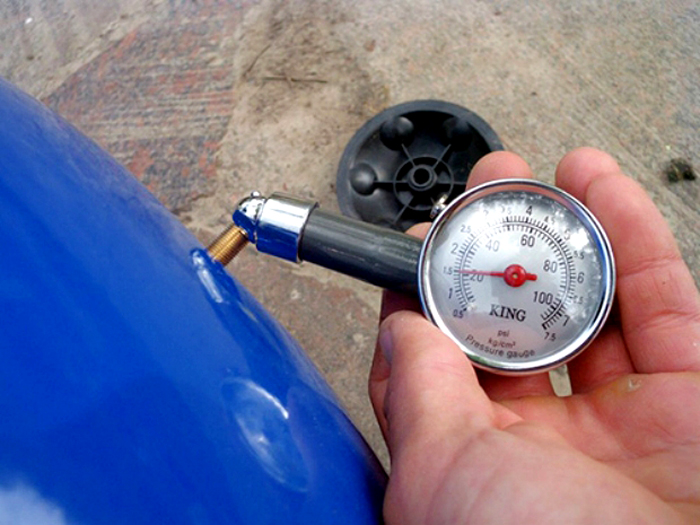
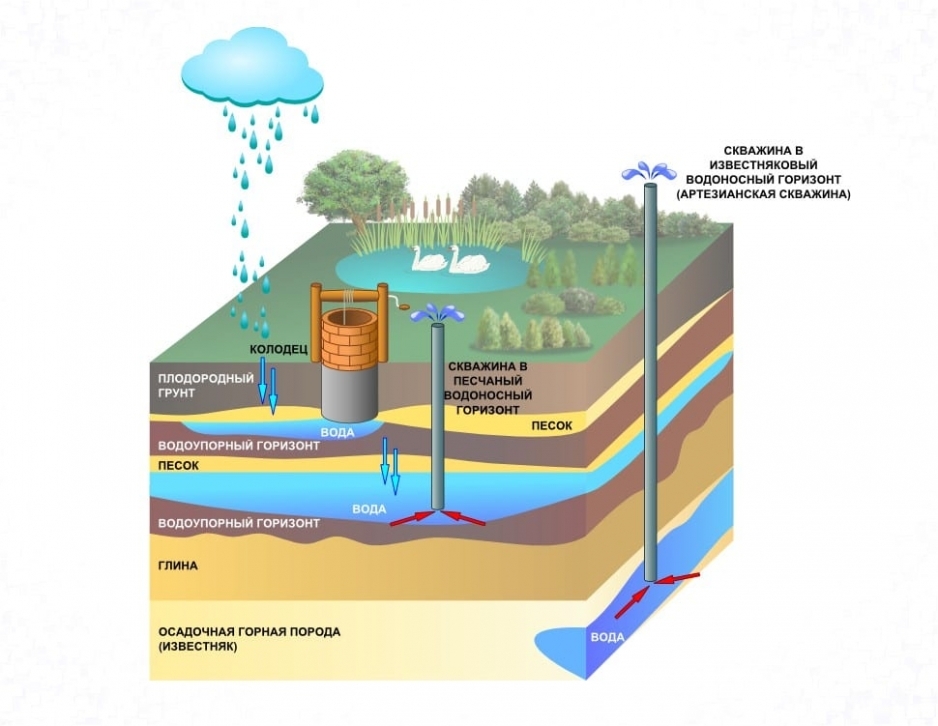

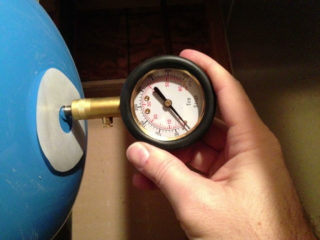
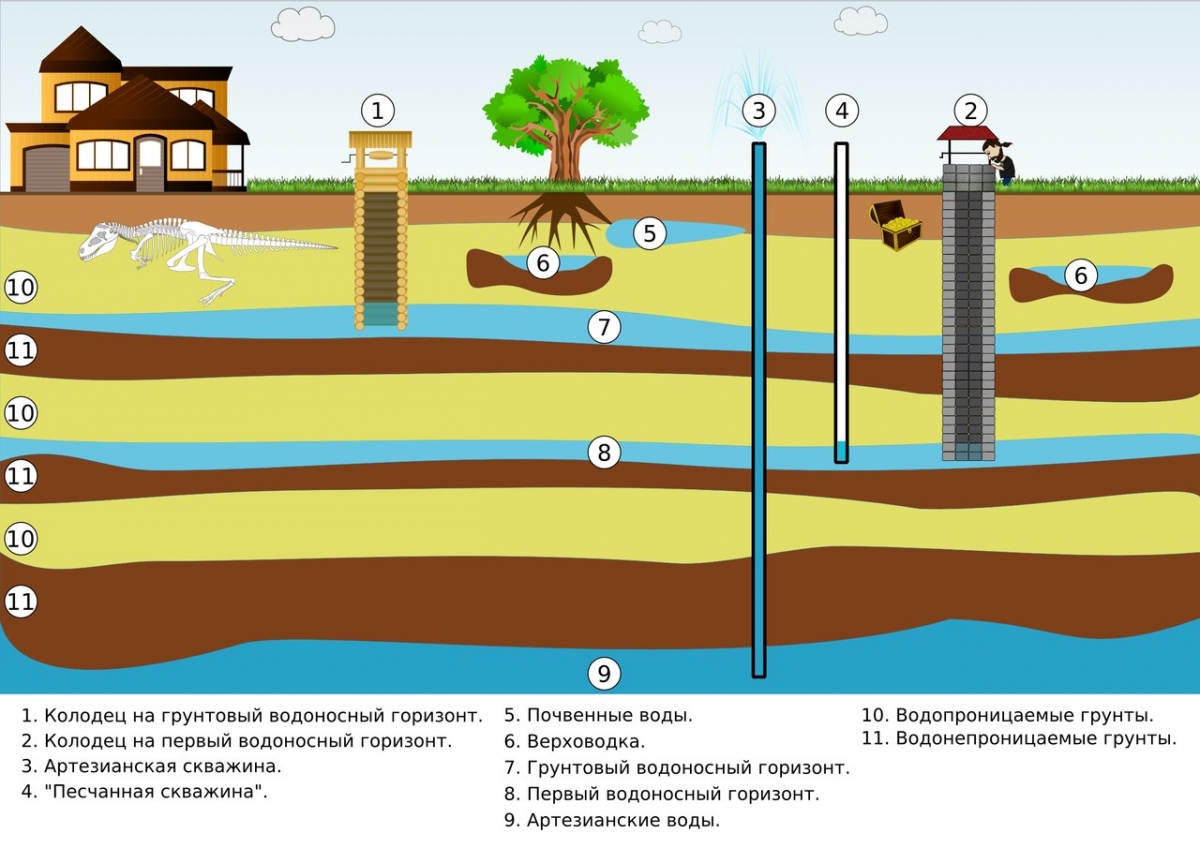
for a week, then again lime the floor of the pan is enough.
The increased bicarbonate hardness of water with Ca and Mg is indifferent for most people, the skeleton and many organs need Ca and Mg. Moreover, their low content in "soft" water is harmful and leads to negative consequences with prolonged use of "soft" water. Softening with ion exchange resins, i.e. "Replacement" with sodium ions with the constant use of such water leads to an increase in blood pressure. It is best to boil water and wait for the suspension to settle and after cooling down and use the resulting water. An additional advantage is that the heavy Ca and Mg isotopes are “easier” to settle and the resulting water contains fewer heavy isotopes than natural water, and this improves metabolism.
Typically, water enriched with calcium carbonate is Cretaceous fractured waters and limestone waters. These waters are not dangerous, they are even curative (they increase blood clotting). Water containing calcium sulfate (gypsum) is much more dangerous.
Thank you very much, you have calmed me down!